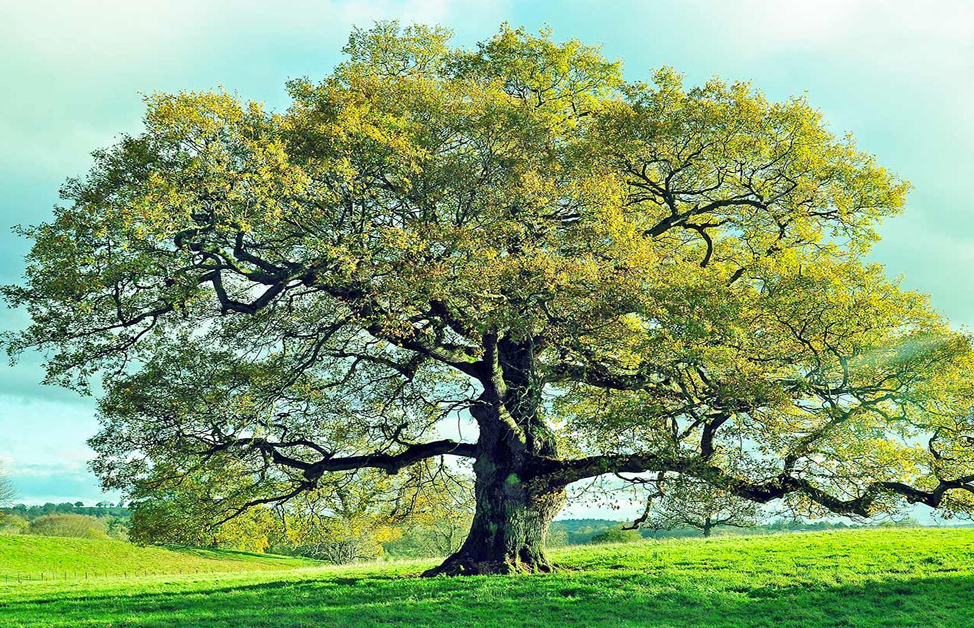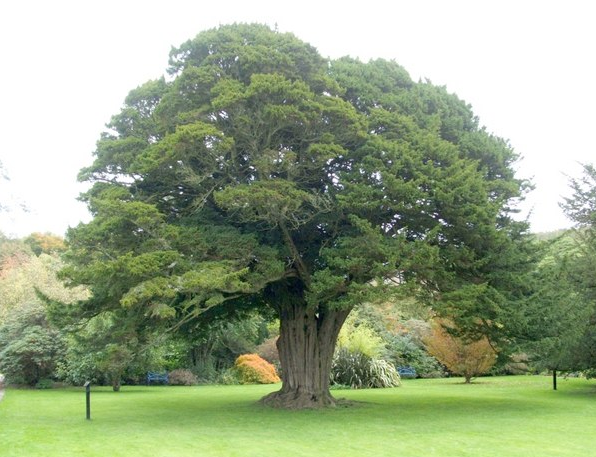Algeria is a country known for its rich natural beauty, with stunning landscapes and diverse ecosystems. One of the most iconic features of Algeria’s natural environment is Algeria National Tree – the Algerian Oak. This majestic tree has long been a symbol of strength, resilience, and endurance, and is revered by the people of Algeria for its many uses and cultural significance. In this article, we will delve into the fascinating world of the Algerian Oak, exploring its unique features, historical and cultural importance, and its role in modern Algeria.
What is the Algerian Oak?
The Algerian Oak, also known as the Cork Oak, is a species of oak tree that is native to North Africa, including Algeria, Tunisia, and Morocco. It is a large, slow-growing evergreen tree that can reach heights of up to 20 meters and has a distinctive thick, corky bark that can be up to 10 cm thick. The leaves of the Algerian Oak are glossy and leathery, with a dark green color and a characteristic toothed margin. The tree produces acorns that are an important food source for many animals, including wild boar, deer, and birds.
The Historical and Cultural Significance of the Algeria National Tree
The Algerian Oak has been an integral part of Algerian culture and history for centuries. The tree has been used for a wide variety of purposes, including as a source of timber, cork, and tannins for leather production. The cork bark of the tree is especially prized and is harvested every nine years without harming the tree. The harvested bark is used to make a wide range of products, including wine bottle stoppers, flooring, and insulation.
In addition to its practical uses, the Algerian Oak holds a special place in Algerian folklore and mythology. The tree is often associated with strength, longevity, and resilience, and is considered a symbol of national pride and identity. It is also revered for its ability to withstand drought, fire, and other harsh environmental conditions, making it a powerful symbol of hope and perseverance.
Algeria National Tree in Modern Algeria
Today, the Algerian Oak continues to play an important role in modern Algeria. The tree is protected by law and is an integral part of Algeria’s national parks and forests. The Algerian government has also taken steps to promote the conservation and sustainable use of the tree, including implementing reforestation programs and promoting eco-tourism.
The Algerian Oak is also an important part of Algeria’s economy, with the cork industry providing jobs and income for many Algerians. The high-quality cork produced by the Algerian Oak is in high demand worldwide, with many countries importing it for use in a wide variety of products.
FAQs
- Is the Algerian Oak only found in Algeria?
No, the Algerian Oak is also found in other North African countries, including Tunisia and Morocco.
- What is the cork bark of the Algerian Oak used for?
The cork bark of the Algerian Oak is harvested every nine years and is used to make a wide range of products, including wine bottle stoppers, flooring, and insulation.
- Why is the Algerian Oak important to Algeria?
The Algerian Oak is an integral part of Algerian culture and history, and is revered for its strength, resilience, and endurance. It also plays an important role in Algeria’s economy and is a symbol of national pride and identity.
- Is the Algerian Oak endangered?
The Algerian Oak is not currently considered endangered, but it is protected by law and efforts are being made to promote its conservation and sustainable use.
- What is the scientific name of the Algerian Oak?
The scientific name of the Algerian Oak is Quercus.
Conclusion
The Algerian Oak is a remarkable tree that has played an important role in the history, culture, and economy of Algeria. It is a symbol of strength and resilience, and is revered by the people of Algeria for its many uses and cultural significance. However, the tree faces many threats to its survival, and concerted efforts are needed to promote its conservation and sustainable use. By protecting the Algerian Oak, we can ensure that future generations will be able to enjoy its many benefits and appreciate its natural beauty.
References:
- Algeria Trees and Shrubs, World Wildlife Fund: https://www.worldwildlife.org/ecoregions/pa1307
- The Algerian oak (Quercus canariensis) is threatened by climate change, IUCN: https://www.iucn.org/content/algerian-oak-quercus-canariensis-threatened-climate-change
- Algeria, Country Profiles, FAO: http://www.fao.org/countryprofiles/index/en/?iso3=DZA

